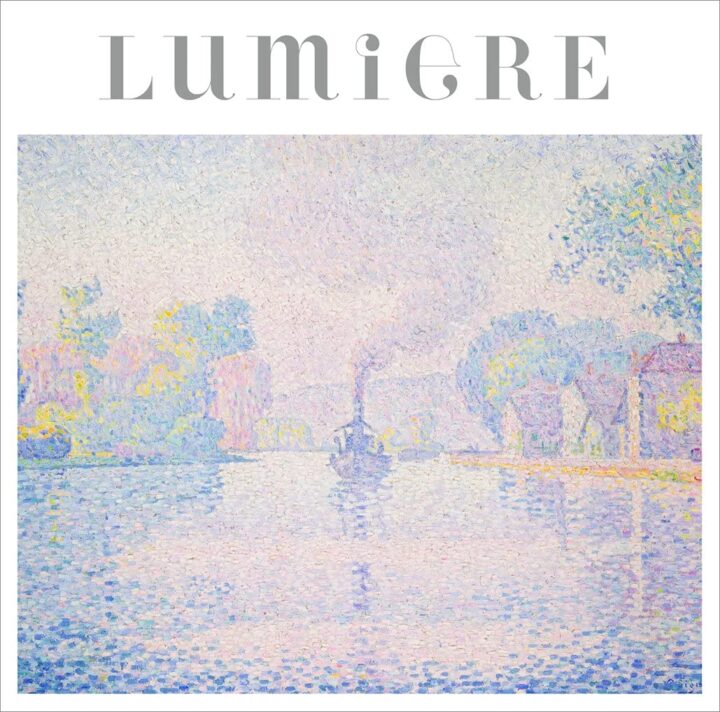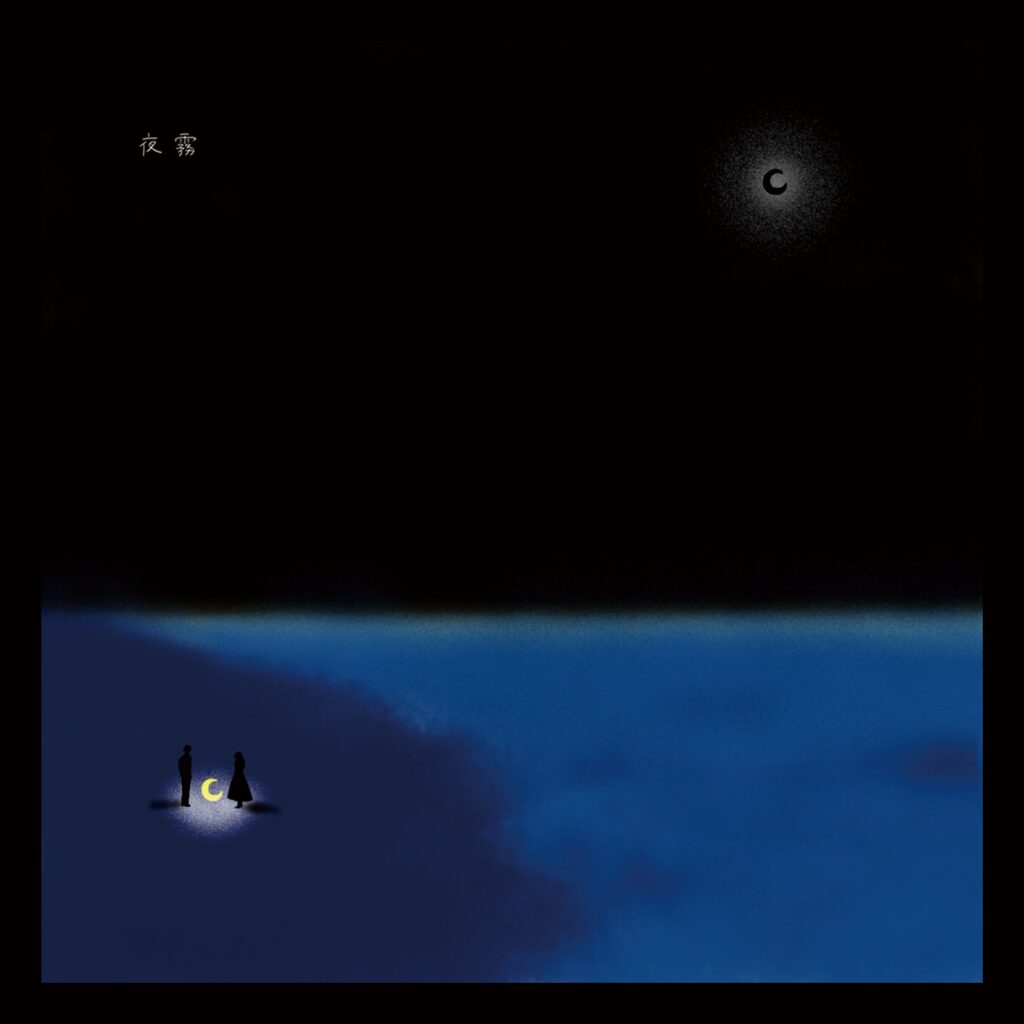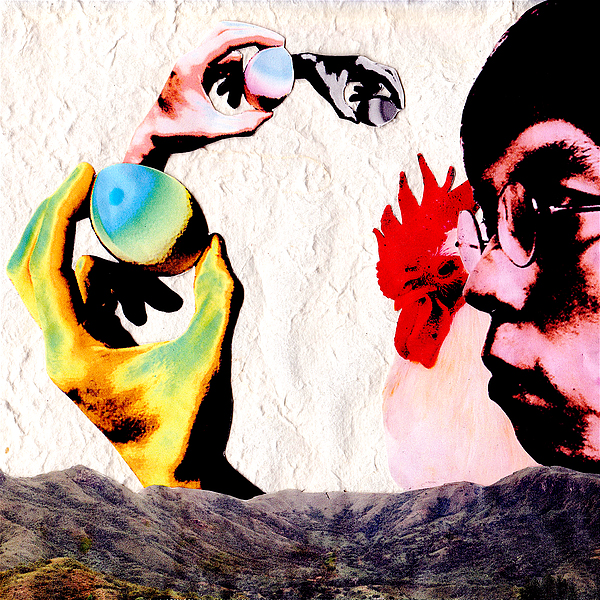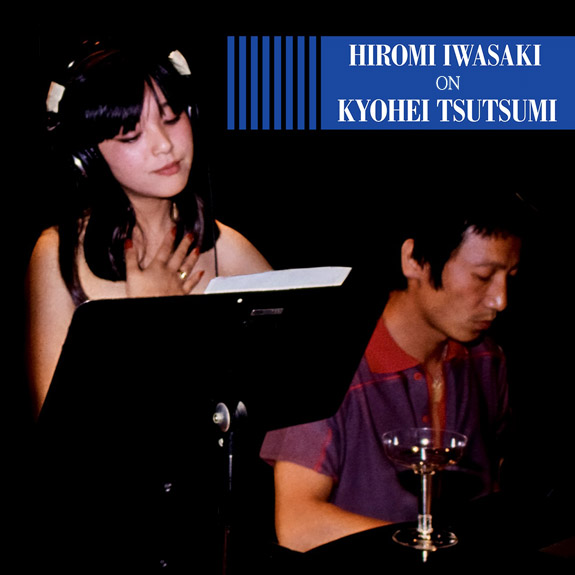Mid-Air Thief (aka Gongjoong Doduk, Public Morality, Bird’s Eye Batang) released his excellent debut album in 2015. It was also released in Japan by Botanical House in 2017, and this interview was conducted on that occasion by Someya Taiyo (who you might know from Lamp). Interviews with Mid-Air Thief are scarce at best so this is a rare treat.
Enjoy!
Interview & text: Someya Taiyo (Japanese text)
English translation: Henkka
Mid-Air Thief on the web: BandCamp
Not only does Public Morality easily transcend the Korean indie scene, it transcends our entire era itself. In it, I feel something that shines among the overall history of all popular music worldwide.
While I’d had a sense of the Korean indie scene gaining momentum since the mid-00’s, I had never really heard anything that left much of an impact on me personally. But when I heard this, I just thought, “Wait, this is from Korea?!” With that said, it might be that Mid-Air Thief is not so much related to the country’s “scene” or some such—he’s just one miraculous musician who happened to have been born in South Korea.
Even in South Korea the name “Mid-Air Thief” is still shrouded in mystery. Surely there is so much that people want to know and ask about the artist, so I believe this interview will be of much value.




